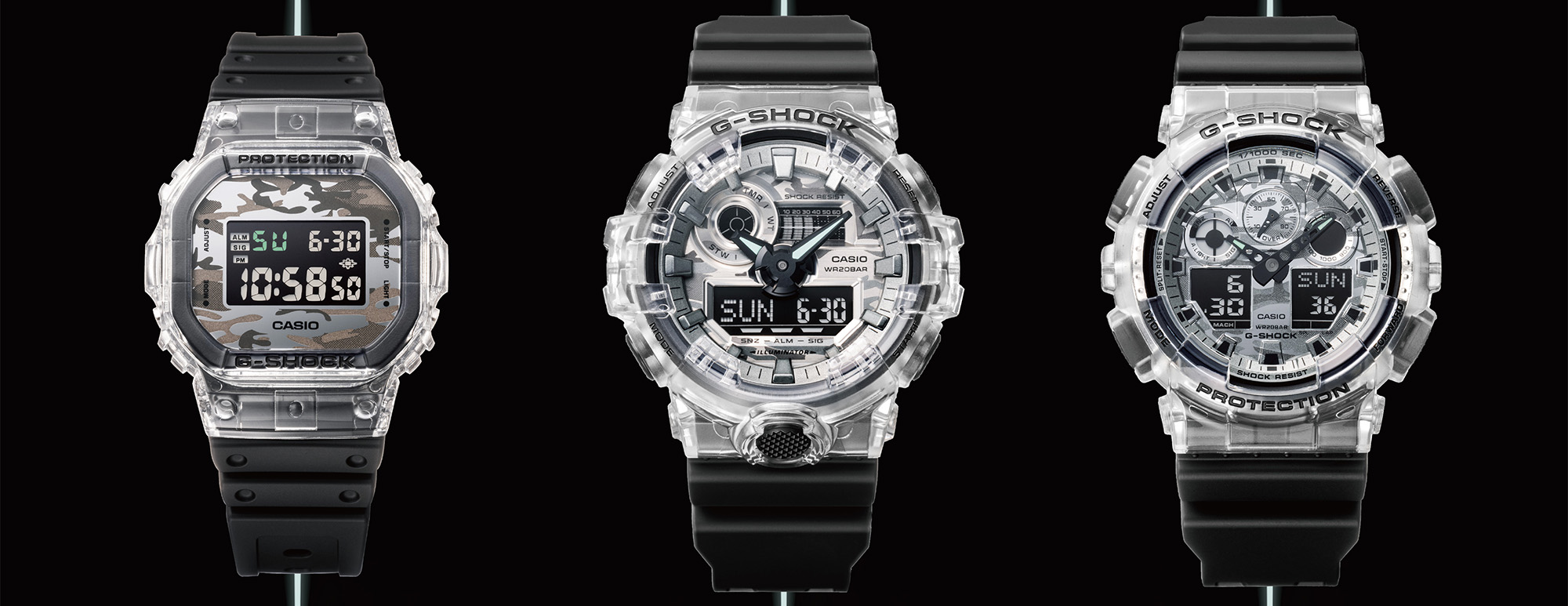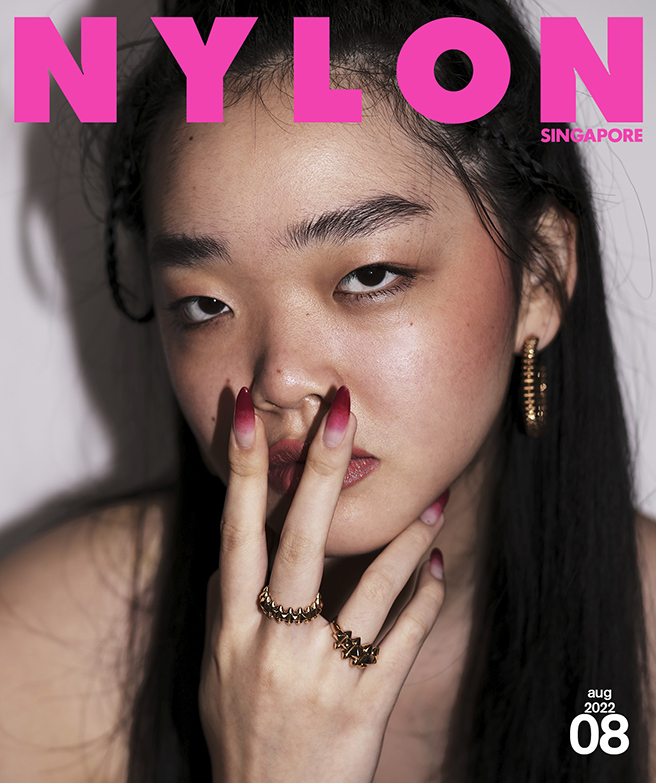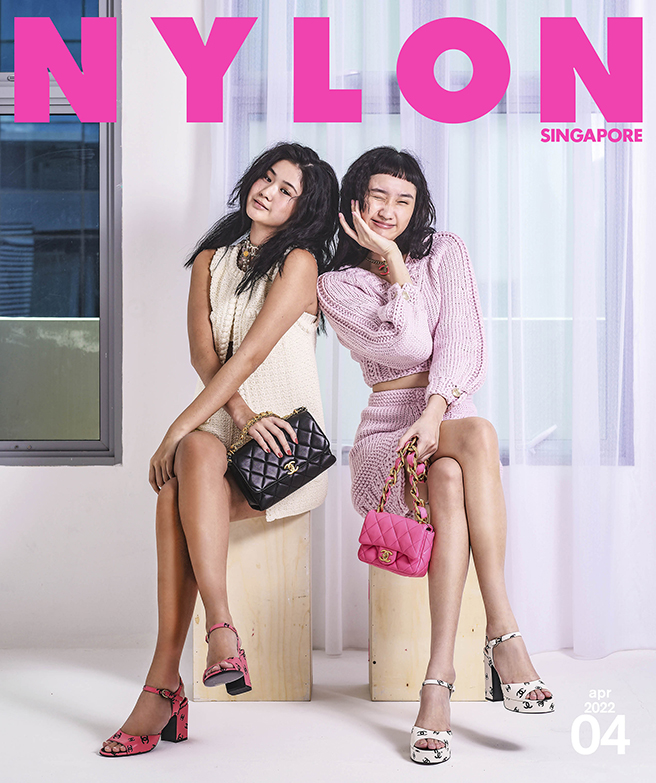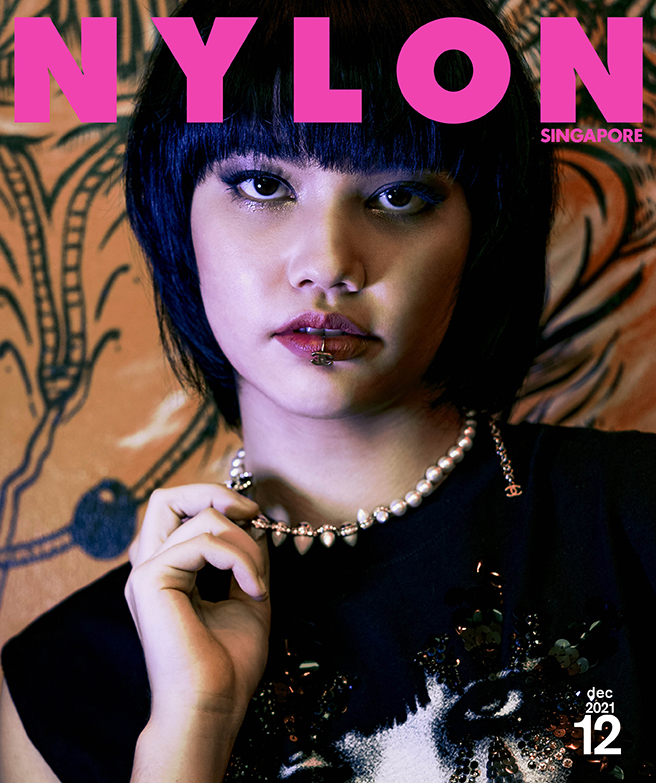Tyra Banks once said, “Either you’re in or you’re out” – an iconic phrase that rings true for anyone in the fashion world, whether you’re a waif-thin model or an esteemed Creative Director. In a time when turnover rates in the fashion industry are higher than ever, we take a look at the problem behind the game of musical chairs the world’s best designers are currently playing.
By Amanda Chai
Picture this: a bevy of the biggest names in fashion – Raf Simons, Marc Jacobs, Alber Elbaz, Nicolas Ghesquière, Alexander Wang; you get the drift – take part in a furious game of musical chairs. At first, the pace is manageable, and the designers move swiftly around, seemingly always one expensively shoed step ahead of the music. Then slowly the tempo picks up; they circle in breakneck speed, switching chairs as the rounds progress and more people exit. Wang and Ghesquière are pretty good at snagging new seats each time; at one point Simons almost flips a table before storming clean out. Just a few rounds in, and barely anyone can even remember where they first started.
Sounds ludicrous, but this is exactly what’s being reflected in the fashion industry in the last decade. More specifically, top-notch designers have been leaving their positions as Creative Directors of global fashion houses, either to hop onto another house, or leave the “corporate” setting entirely. Most recently in April, Anthony Vaccarello departed Versace to take the seat Hedi Slimane had left at Saint Laurent – a seat he’d hopped to from his place as Creative Director of Christian Dior’s menswear line Dior Homme, that is. In just four years, more than ten exits and shifts have been made, which, frankly, only leaves us with an unsettling sense of dread.


Why, then, is there such consistent and increasing dissatisfaction with staying where you are? After all, heading a fashion house must be one of the most rewarding jobs in the world, or so we’d imagine. Everything seemed to come down to one determining factor: time. Not enough time to cope with the mounting pressures and demands of an accelerating industry; to develop the creative process; not enough time to reconcile personal creative ambitions and the house’s need to be commercially viable.
In 2012, Nicolas Ghesquière left his place at Balenciaga after an impressive 15 years, only to take up Creative Director at Louis Vuitton within days – replacing Marc Jacobs who’d left to focus on his own line. The reason for Ghesquière switching chairs? He felt he lacked control at Balenciaga – “I was being sucked dry, like they wanted to steal my identity while trying to homogenise things.”


Balenciaga’s branding soared, but the French designer resented its now dehumanised corporate culture, which had abandoned appreciation for the creative side of fashion – for what was most marketable. But there is no time for dallying in this fast-paced industry; quickly the game surges on, and Alexander Wang is brought in to replace Ghesquière, though he too leaves Balenciaga in just three years to focus on his namesake brand. Still following?
Certainly, though, Ghesquière’s concern doesn’t come as an isolated case. When time, or lack of it, and work, come into play, the toll it takes on personal standards and failing to live up to them is inevitable. The mighty Raf Simons parted ways from Dior after a three-and-a-half year stint as Creative Director, because he was thoroughly frustrated with the speed of fashion and the lack of time to create. After joining in April 2012, he was initially given eight weeks to prepare for his debut show in July, but that was pragmatically cut in half.



The reality is that designers have to cope with creating for six shows in a year – even the most efficient of time management can only allow for three weeks of preparation time per show; five tops. “There’s no more thinking time,” Simons said with regard to his crazy daily schedule. “And I don’t want to do collections where I’m not thinking.” For now, Dior’s chair remains empty.
—
And yet, all is not lost. Hot on the heels of this troubling trend is another fashion phenomenon that has only recently emerged; a potential remedy for every time-starved designer in the industry. In February, Burberry announced their decision to combine the men’s and women’s shows into one collection, to be shown twice a year at major runway events instead of the initial six, starting this September. So what does this change mean for the industry? Only a massive overhaul of the retail calendar, wherein full collections of runway looks will be available for purchase almost immediately after their worldwide debut.


While this may mean fewer collections for consumers to add to their own wardrobes, the advantages are plenty.
1. It closes the gap between runway and retail calendars – which means you can get your hands on that jacket you saw on Gigi Hadid almost immediately after she wore it down the runway, instead of having to wait six months for it to finally hit stores. Commercially, it makes sense too, since brands won’t have to spend on additional advertising for a SS16 piece that’s only being sold during “real-time” FF16.
2. A revamped fashion calendar also means fewer fast fashion knock-offs. Previously, the six-month production delay meant that high street brands could quickly and easily deliver similar “inspired” items even before the original. And especially with social media and live streams these days, which are making once closed-to-industry fashion shows readily viewable to the public. Digital media may be opening up the exclusivity of the industry to the rest of us, but it’s also putting a strain on demand for collections that have yet to be produced. With the new calendar, the fashion industry might finally be able to catch up with the media.
3. And of course, it tackles the one issue we’re here for in the first place – giving designers some much needed breathing time. Slashing six shows to two might seem drastic but it doesn’t mean that there’s any less variety available to the average shopper. In fact, the extended downtime between shows simply gives designers more time and energy to focus their creative efforts on the next show – which is probably why Tom Ford and GUCCI have announced plans to unify their seasons as well, as a nod in Burberry’s direction.
—
That said, it remains uncertain if changing the fashion calendar is the answer to all our problems. Designers may be comfortable switching chairs every few years or so, but many also choose to leave the position of heading a fashion house entirely. Former Creative Director of Lanvin, Alber Elbaz, was reportedly “pushed out” after 14 illustrious years as head because of a disagreement between him and the company’s majority shareholder – and has shown no interest in rejoining a fashion house just yet.


Elbaz previously said: “We designers started as couturiers with dreams, with intuitions and with feelings. We started with, ‘What do women want? What do women need? What can I do for women to make their lives better and easier? How can I make a woman more beautiful?’ That is what we used to do. Then we became creative directors, so we have to create, but mostly direct. And now we have to become image-makers, making sure it looks good in the pictures.“
As of now, the only updates on the designer’s happenings come from his carefree selfies on Instagram, which show him looking a lot better off without a commerce-centered house. With six more departures within the fashion industry following his, it seems discontent is growing high.
One thing’s for sure – there will always be enough chairs for everyone; only time will tell if the players even want to remain in the game.











You must be logged in to post a comment.